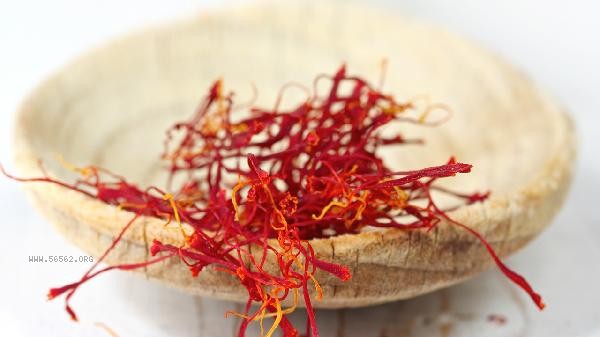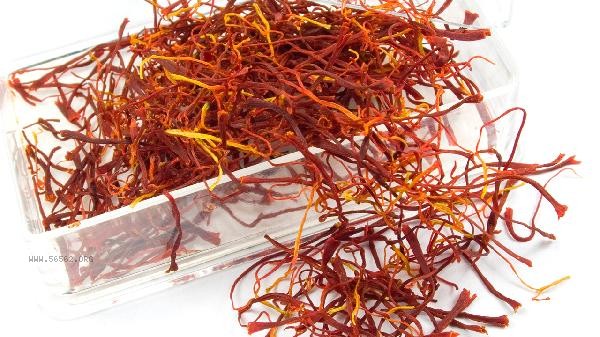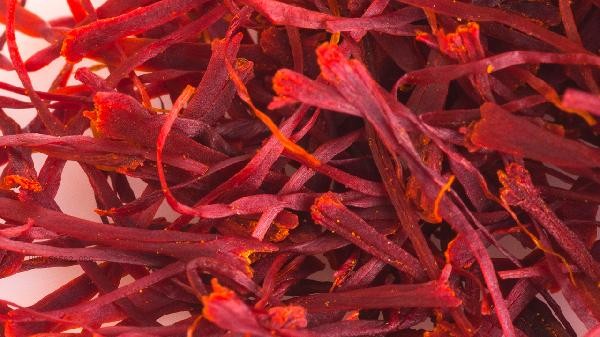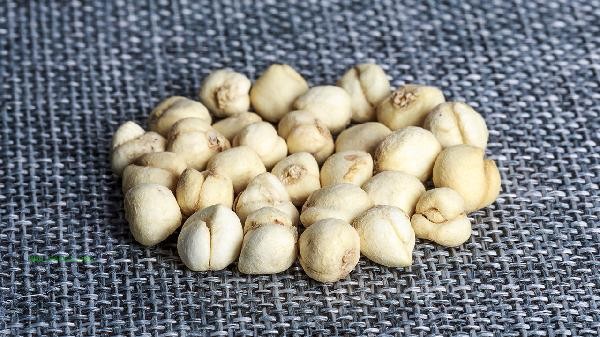Patients with lumbar disc herniation who drink saffron continuously for three months may have a certain auxiliary effect, but it needs to be judged based on the specific condition. Saffron has the effects of promoting blood circulation, removing blood stasis, and relieving pain, which may help alleviate local Qi and blood obstruction caused by lumbar protrusion, but cannot cure structural lesions. Lumbar disc herniation is usually caused by factors such as intervertebral disc degeneration, external force injury, and long-term strain, manifested as symptoms such as lower back pain, lower limb radiating pain, and limited mobility. Saffron and crocetin in saffron can promote blood circulation and may alleviate pain in patients with qi stagnation and blood stasis type of lumbar protrusion. Some patients may feel a decrease in lumbar stiffness after drinking, especially after catching a cold or sitting for a long time, where symptoms improve significantly. Traditional Chinese medicine believes that saffron has a sweet and mild taste, and is suitable for pain caused by blood stasis and blockage. However, it should be noted that saffron has a strong blood activating effect and is contraindicated for pregnant women, women during menstruation, and those with bleeding tendencies.

Relying solely on saffron to treat lumbar processes has limitations. For patients with severe nerve compression or spinal stenosis, drinking saffron may not improve symptoms such as numbness or decreased muscle strength. Some patients with weak spleen and stomach may experience adverse reactions such as diarrhea and discomfort in the epigastric region after long-term use. Common patients in clinical practice delay the timing of surgery due to excessive reliance on folk remedies, resulting in compression of the cauda equina nerve and dysfunction of urination and defecation.

It is recommended that patients with lumbar disc herniation receive comprehensive treatment under the guidance of a doctor. In acute stage, patients should rest in bed, cooperate with traction, acupuncture and moxibustion and other physical therapy; rehabilitation training such as swimming and five point support can be performed during the chronic phase. Moderate consumption of kidney tonifying and waist strengthening ingredients such as black beans and walnuts is recommended to avoid prolonged sitting and standing. If lower limb weakness or abnormal bowel movements occur, seek medical attention immediately and consider minimally invasive surgery such as intervertebral foramen endoscopy if necessary. The daily dosage of saffron should not exceed 3 grams, and it should be taken continuously for one month before resuming use with a one week interval.









Comments (0)
Leave a Comment
No comments yet
Be the first to share your thoughts!